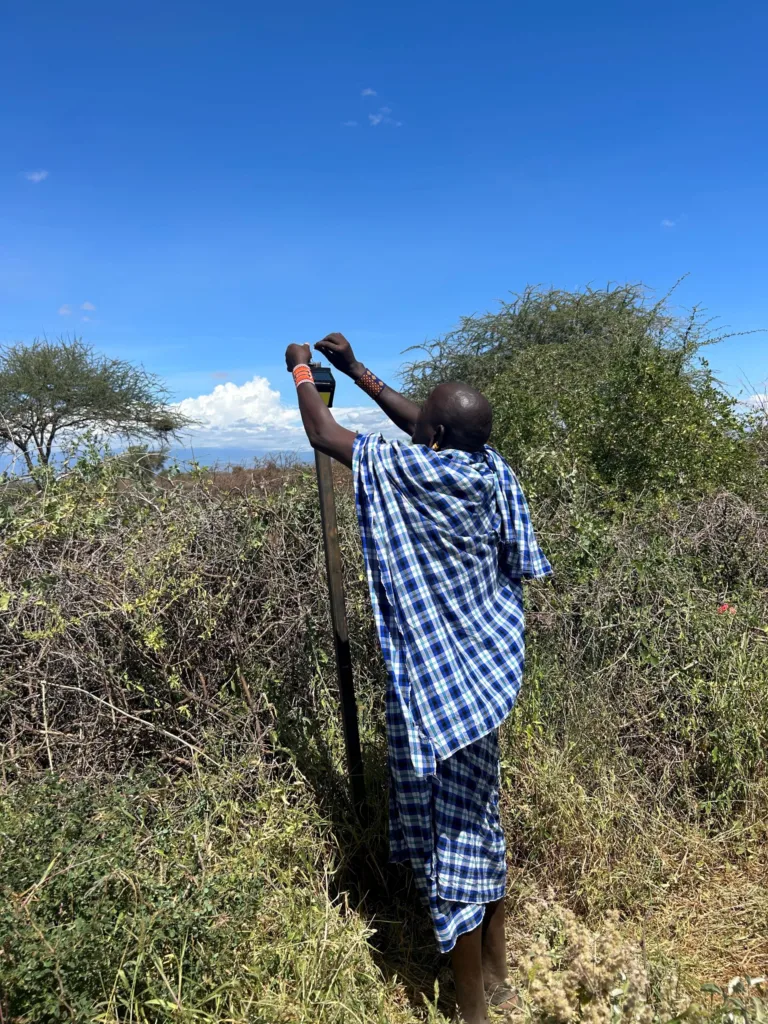Costa Rica’s Tropical Ecosystems, Hands-On
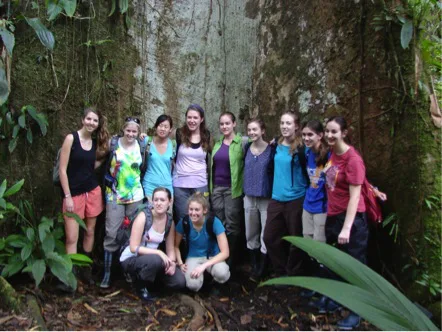
We kicked off the Spring Semester 2010 with a very exciting first field tripthat immersed the students and staff into the realm of tropical rainforest biodiversity in Braulio Carrillo National Park. There, we did orientation hikes, and talked about tropical ecology of plant-herbivore interactions, mechanisms responsible for the generation of high species richness, and the impact of global warming on tropical ecosystems.
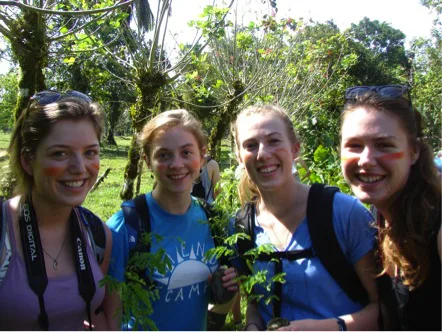
We then moved on to the integrated El Progreso farm on the second day, where we made batches of efficient microorganisms for the farm use. Along the way, our students learned the technique of collecting microorganisms from the forest litter, then mixed them with semolina and molasses starting an anaerobic process that will reproduce and concentrate these organisms in a mixture that could be diluted several times to become a very powerful disinfectant and fertilizer. This is one of the techniques we transferred from El Progreso to our Center´s farm where it has worked successfully.
We then discussed alternatives for sustainable agriculture in areas of high diversity, such as the lowland rainforest of Costa Rica. The last day was dedicated to visit one of Dole´s banana plantations. Students had a compelling case study to look at tropical diversity, alternative sustainable agriculture, and factory farms in the tropics.
Related Posts
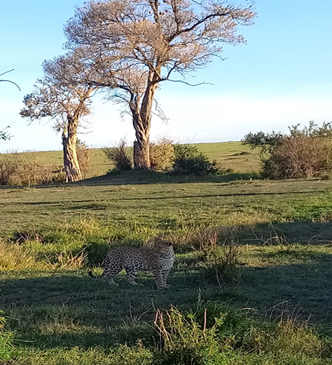
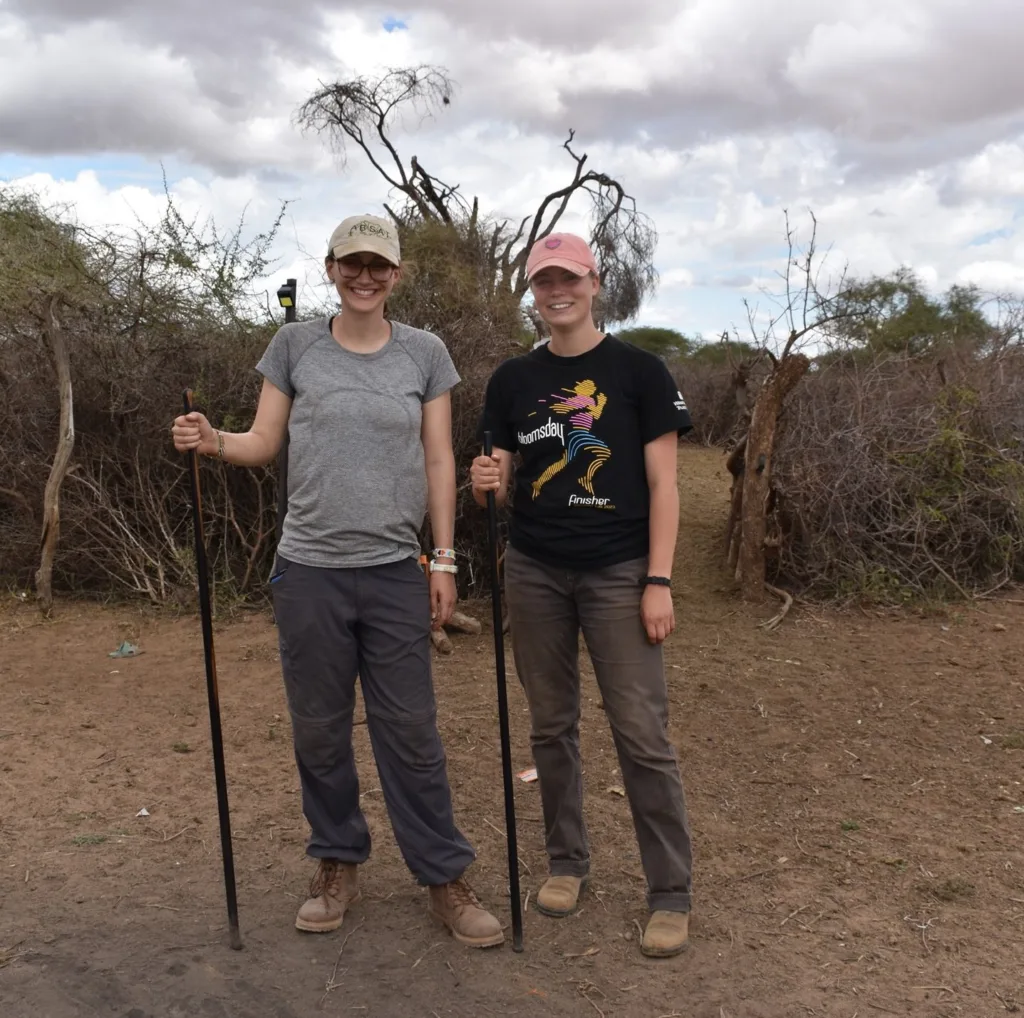
Alumni Reflections: Stories of the Return to Kenya
